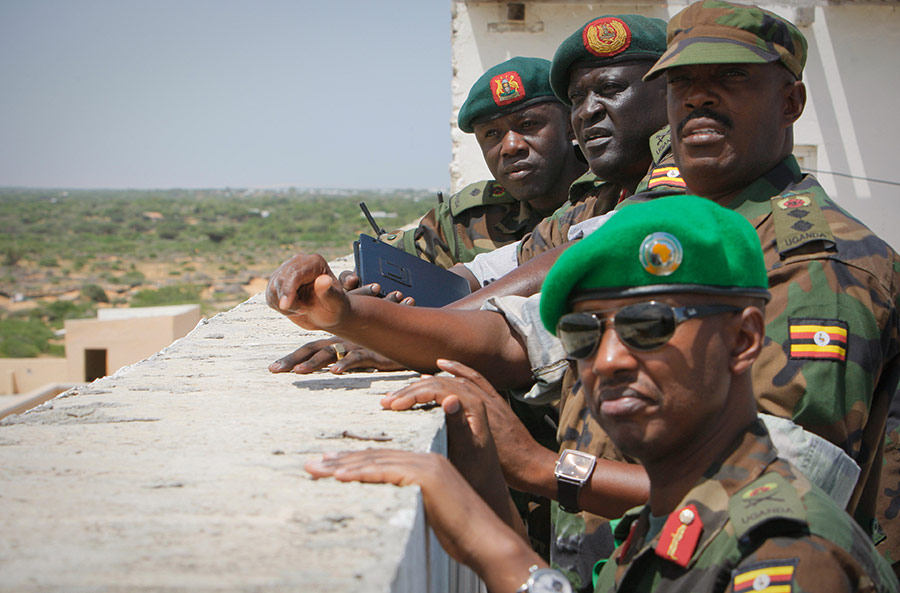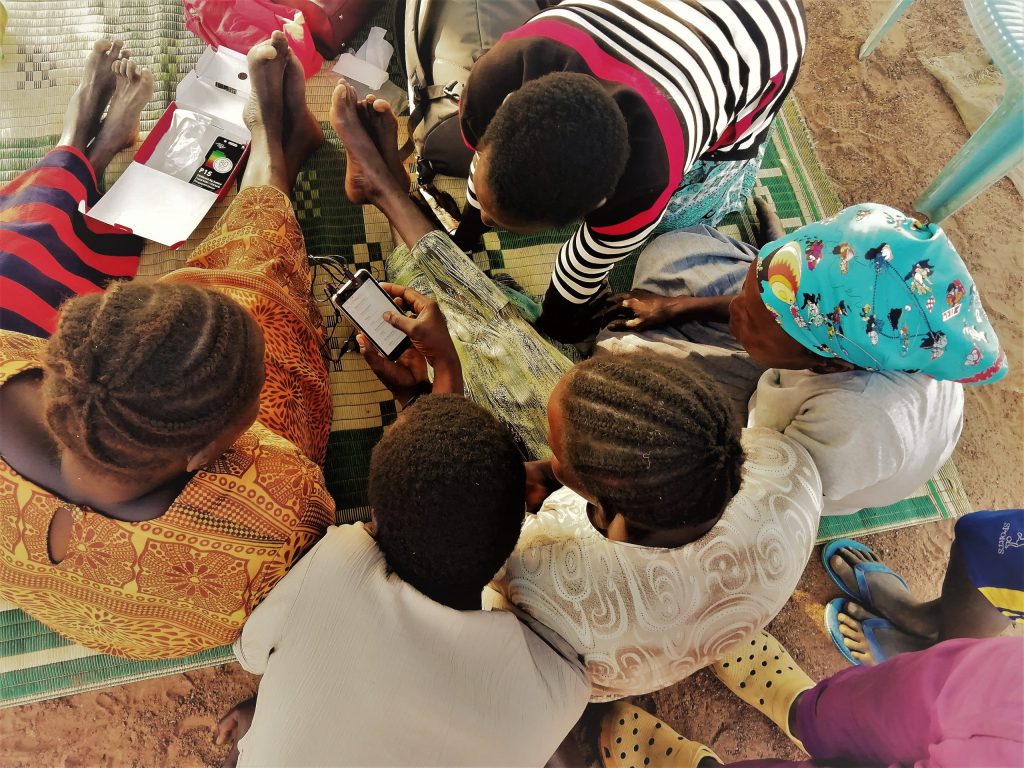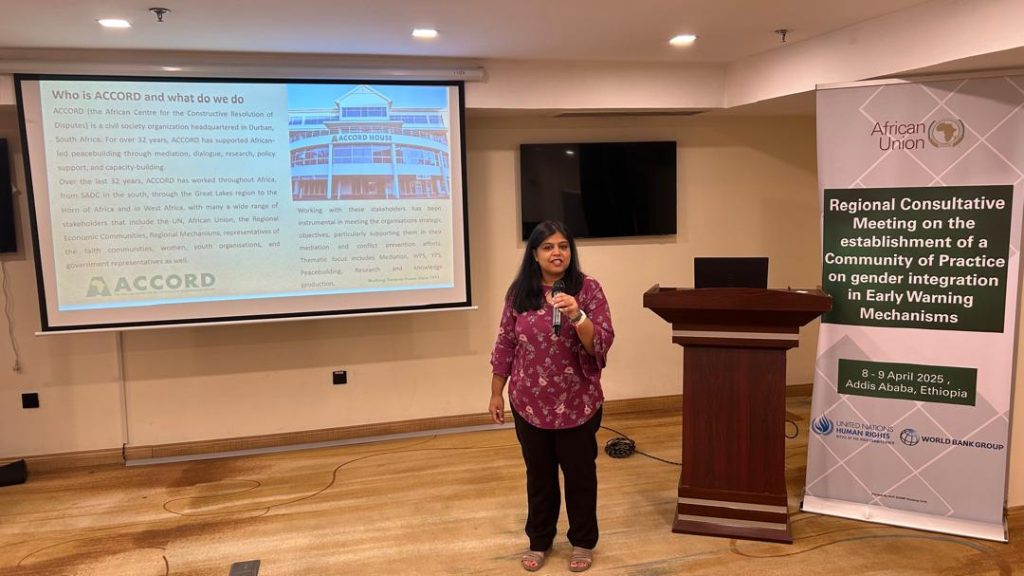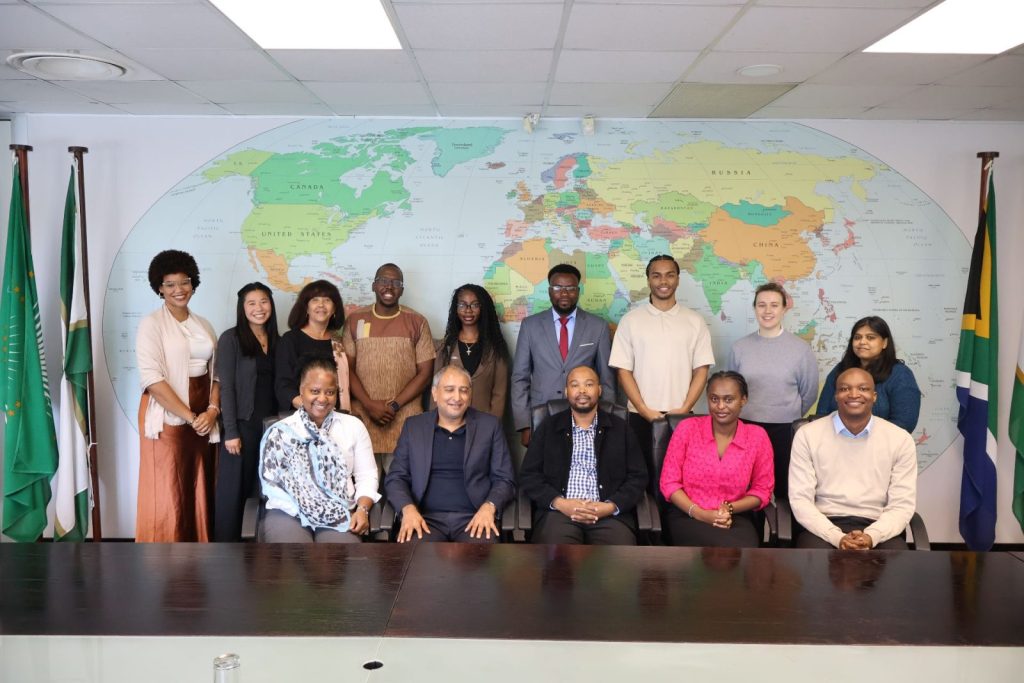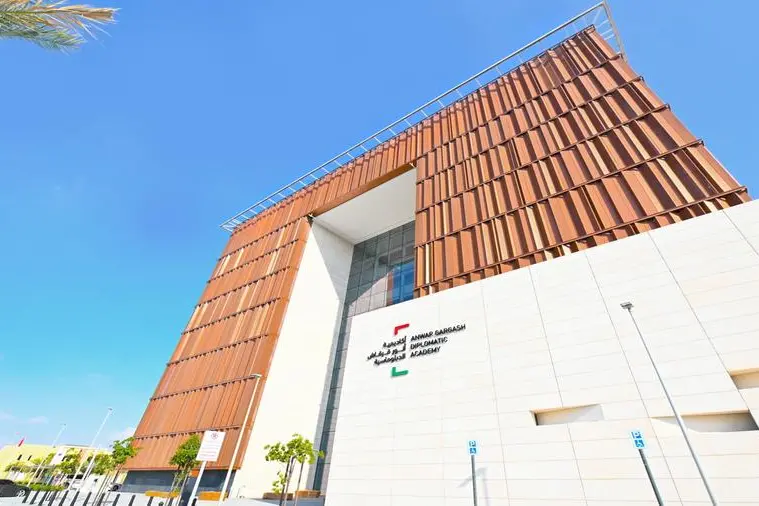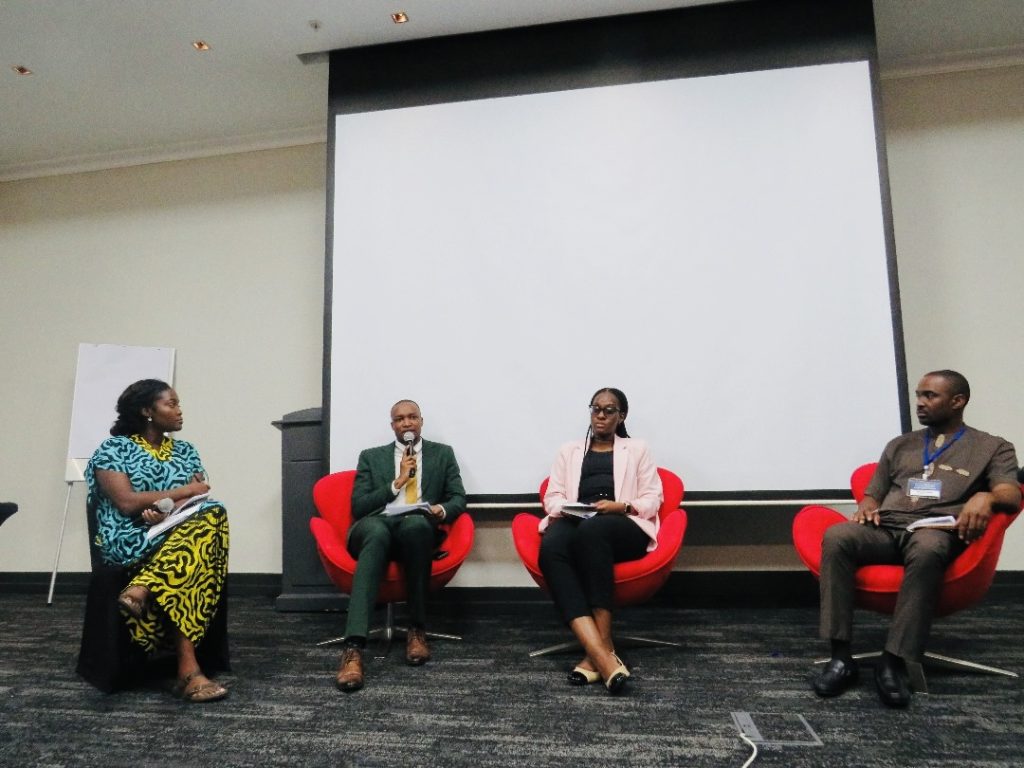In 2015 the African Union Commission (AUC), and Regional Economic Communities (RECs), and Regional Mechanisms (RMs) finalised the development and subsequently launched the African Standby Capacity (ASC) roster which marked an important milestone. This paved the way for the AU, RECs and RMs to populate the roster with the required civilian capacities for Peace Support Operations. Additionally, the AUC has provided technical assistance and capacity building to the regional Rostering Focal Points through training, to ensure effective and efficient operations of the roster.
This targeted, close coordination and cooperation between the AU and the RECs (in this case the EASF), is important for the operational capability of the African Standby Force (ASF). Therefore, from the civilian perspective, the roster as a key aspect of the civilian capacities needs to be operational and this means having the required capacity readily trained and available for deployment, should a mission be mandated. As such, significant collaborative effort is required by all stakeholders to achieve this desired end state. Additionally, as part of the ASC coordination, coaching and mentoring efforts, the AUC will carry out partner supported regular visits to the RECs and RMs to coordinate this continued capacity development.
In support of these objectives, the AUC, in collaboration with the African Centre for the Constructive Resolution of Disputes/Training for Peace Programme (ACCORD/TfP) met with the Eastern Africa Standby Force (EASF) Civilian Planning Element from 15 – 19 February 2016 in Nairobi, Kenya. The meeting provided technical assistance through coaching, mentoring and coordination.
The parties endeavoured to: (a) review progress in EASF’s efforts in populating the roster, (b) identify and discuss EASF’s challenges in populating the roster and offer solutions to the challenges encountered while also providing possible problem solving ideas for the future, and (c) provide technical support on the usage of ASC tools, especially the database and human resources management tools. Additionally the AUC had the opportunity to update EASF senior management on the status of the ASC roster and the role of EASF therein. The visit also established the need for an inter-regional rostering and training officers’ collaboration, in order to share experiences and resolve challenges through lessons learnt and best practices.
This support to the AUC/REC/RM rostering initiative is in line with the TfP Programme’s strategic goal of supporting efforts to strengthen AU capacity and capability to plan, manage and implement peace support operations on the continent through the development of the Africa Standby Force (ASF). This initiative also seeks to contribute to improved and sustainable capacity for peace operations on the continent, through ensuring effective functioning of organisational systems in the RECs/RMs.
ACCORD/TfP was represented by Brig. Gen. James Machakaire, Coordinator, Peacekeeping Unit and Ms Barbara Mohale, Programme Officer, Peacekeeping Unit. The Training for Peace Programme at ACCORD is an initiative funded by the Norwegian Ministry of Foreign Affairs.

